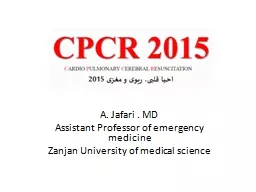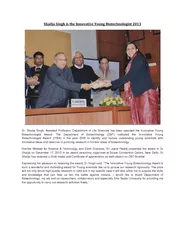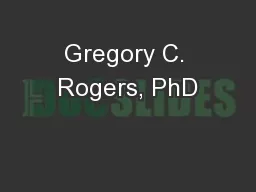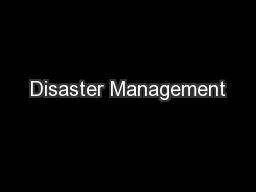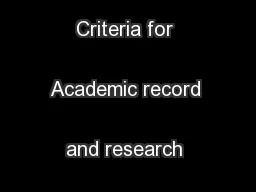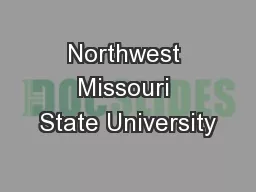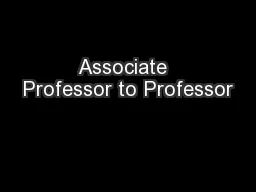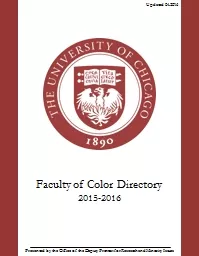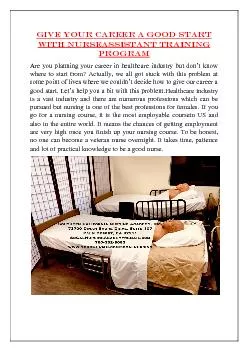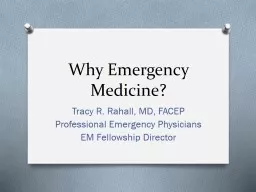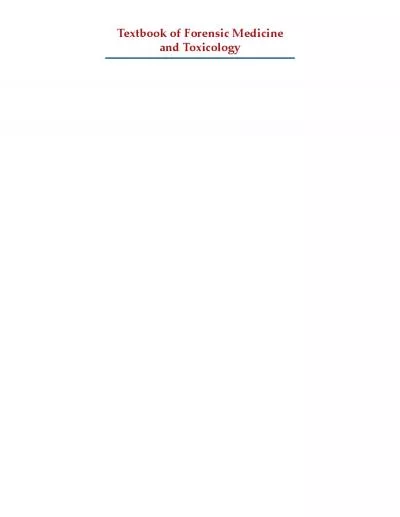PPT-A. Jafari . MD Assistant Professor of emergency medicine
Author : mila-milly | Published Date : 2022-06-15
Zanjan University of medical science Four rhythms produce pulseless cardiac arrest Ventricular fibrillation VF rapid ventricular tachycardia VT Pulseless electrical
Presentation Embed Code
Download Presentation
Download Presentation The PPT/PDF document "A. Jafari . MD Assistant Professor of ..." is the property of its rightful owner. Permission is granted to download and print the materials on this website for personal, non-commercial use only, and to display it on your personal computer provided you do not modify the materials and that you retain all copyright notices contained in the materials. By downloading content from our website, you accept the terms of this agreement.
A. Jafari . MD Assistant Professor of emergency medicine: Transcript
Download Rules Of Document
"A. Jafari . MD Assistant Professor of emergency medicine"The content belongs to its owner. You may download and print it for personal use, without modification, and keep all copyright notices. By downloading, you agree to these terms.
Related Documents

